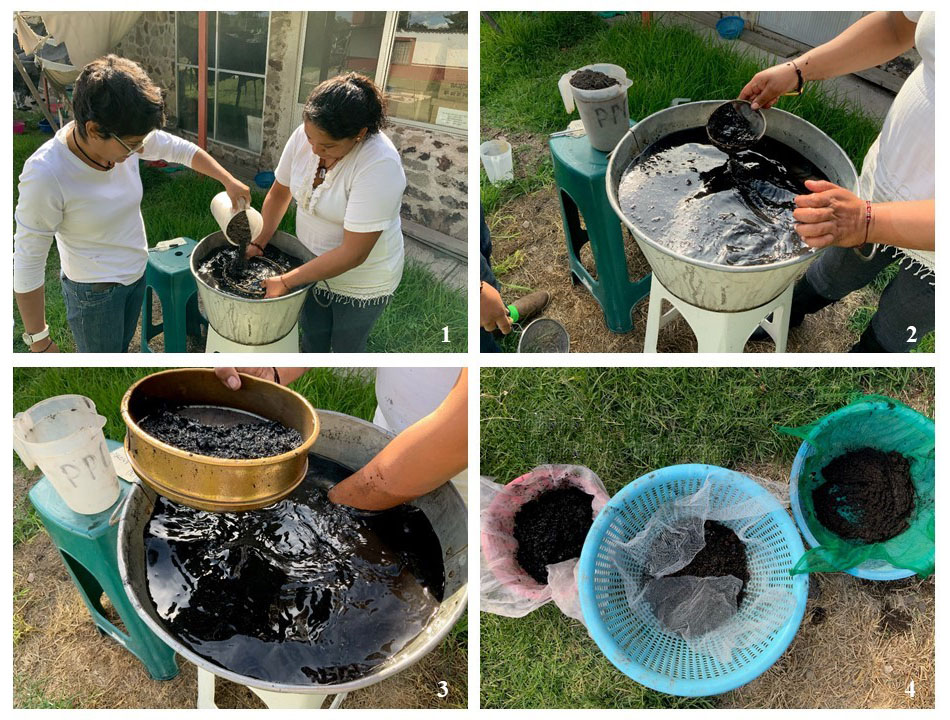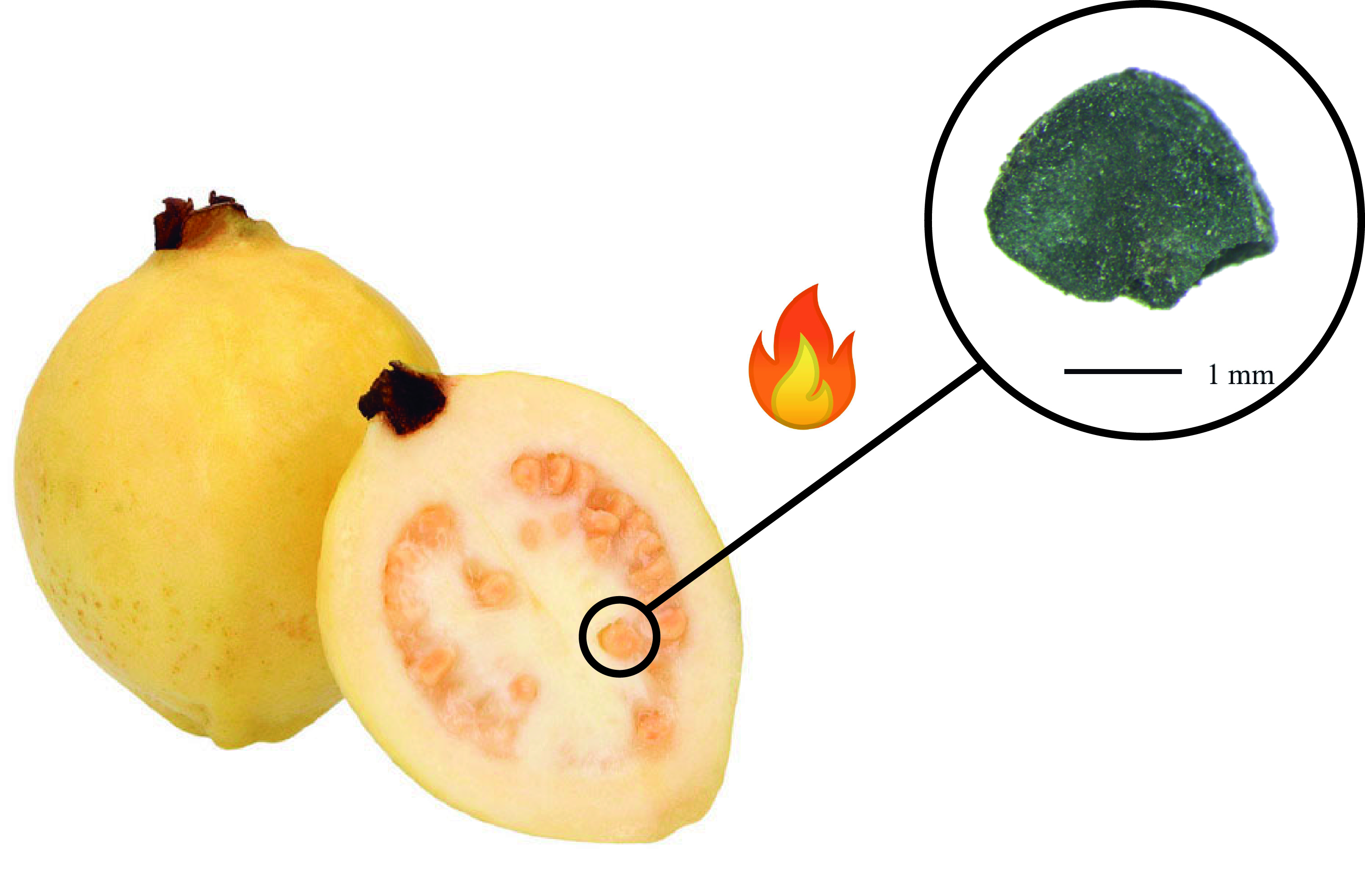The Plant-based Diet and Plants
During field seasons, archaeologists unearth remains of ancient households, plazas, and other buildings made of stone and earth. These remains give us a snapshot of how these spaces looked like and how people used to live many years ago.
But archaeologists want to know more details and not just limited on where and how those people lived. They want to know about food and diet, of course!
Human diet is composed of two main food groups: animal- and plant-based. Among the materials recovered during excavation, there are a lot of animal bones. These bones let us know what kind of animals were consumed, but what about plants?
Unlike bones, plants, fruits, and seeds that were consumed during ancient times aren’t easily preserved. Nevertheless, we can find some valuable clues about their existence, use, and consumption. Burnt seeds are one example, but they are really small (just a few millimeters) and practically impossible to be seen during the digging process. And so, how can one recover them?
Seeds: the clues
When archaeologists are digging in an area where there´s a lot of cultural artifacts like sherds, worked stone, bones, etc., they collect several soil samples into 2-liter plastic bags to be analyzed later in a laboratory setting.
In the lab the sample is left to dry. The soil is then poured into a bucket of water where there is a gentle but constant flow and movement. This method allows for charred materials like wood and seeds to be separated from the soil and float to the surface so they can be easily recovered. For this reason, this process is called “flotation.”

By looking at these charred remains under the microscope, specialists can find and identify seeds, wood fragments, and even bones of small animal species.
Why charred?
Organic materials like seeds and plants usually disintegrate over time. However, the ones that were burnt have a better chance to be preserved over a long time and even one day, be found by archaeologists! On the other hand, roots and other non-charred organic material are often a result of modern, more recent intrusions into ancient deposits.

What seeds tell us about the Plaza of the Columns Complex
Research over charred organic materials recovered through the flotation process allows us to identify the many plants that were likely used or consumed by the inhabitants of the Plaza of the Columns Complex, including maize, beans, chili, squash, nopal (cactus), amaranth, Chenopodium, chia, and purslane.

One of our most exciting results thus far has been the discovery of guava seeds during our 2018 analysis. This is particularly interesting because the guava is not a local fruit from this region as it usually grows in areas of much lower altitudes. And so, this species was probably imported to the Valley of Teotihuacan during ancient times.